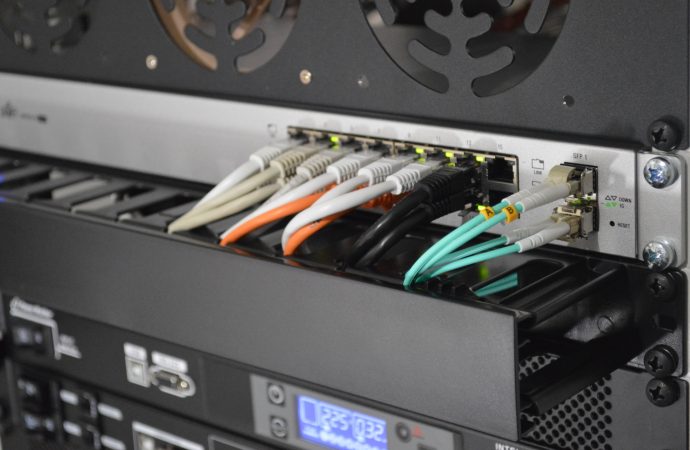With the increasing dependence on the internet for work, education, entertainment, and communication, setting up a home network has become an essential task for many individuals and families. A home network allows multiple devices to connect to the internet and share resources such as printers, files, and media. In this article, we will explore tips
With the increasing dependence on the internet for work, education, entertainment, and communication, setting up a home network has become an essential task for many individuals and families. A home network allows multiple devices to connect to the internet and share resources such as printers, files, and media. In this article, we will explore tips and tricks for setting up a home network for better connectivity.
-
Determine Your Internet Needs
Before setting up a home network, it’s essential to determine your internet needs. Consider factors such as the number of devices you need to connect, the speed of your internet connection, and the type of activities you will be doing online. For example, if you frequently stream high-definition videos, you will need a faster internet speed than someone who primarily uses the internet for email and web browsing.
-
Choose Your Equipment
Once you have determined your internet needs, it’s time to choose your equipment. A home network typically consists of a modem, a router, and network cables or Wi-Fi adapters. You can purchase these items individually or as a package from your internet service provider or electronics store.
-
Set Up Your Modem and Router
The first step in setting up your home network is to connect your modem and router. The modem connects to your internet service provider and provides internet access to your home. The router connects to the modem and allows multiple devices to connect to the internet. Follow the instructions provided by your modem and router manufacturers to set up these devices.
-
Secure Your Network
Security is an essential consideration when setting up a home network. Be sure to change the default login credentials for your modem and router and set up a strong Wi-Fi password to prevent unauthorized access to your network. You can also enable network encryption to protect your data from interception.
-
Connect Your Devices
Once your modem and router are set up and secured, it’s time to connect your devices to the network. This can be done either through wired or wireless connections. Wired connections typically offer faster and more stable connections, while wireless connections provide more flexibility and mobility.
-
Optimize Your Network
To ensure optimal performance and connectivity, there are several steps you can take to optimize your home network. These include:
- Placing your router in a central location to ensure maximum coverage
- Updating your router’s firmware to ensure it’s running the latest software
- Reducing interference by avoiding placing your router near electronic devices that emit wireless signals
- Limiting the number of devices connected to your network to avoid overloading it
- Upgrading your router or modem if you are experiencing slow speeds or frequent drops in connectivity
Conclusion:
Setting up a home network can seem like a daunting task, but it’s essential for better connectivity and productivity. By following these tips and tricks, you can set up a home network that meets your internet needs and provides reliable and secure connectivity for all your devices. Remember to prioritize security, optimize your network, and choose equipment that meets your specific needs for the best home networking experience.

















Leave a Comment
Your email address will not be published. Required fields are marked with *